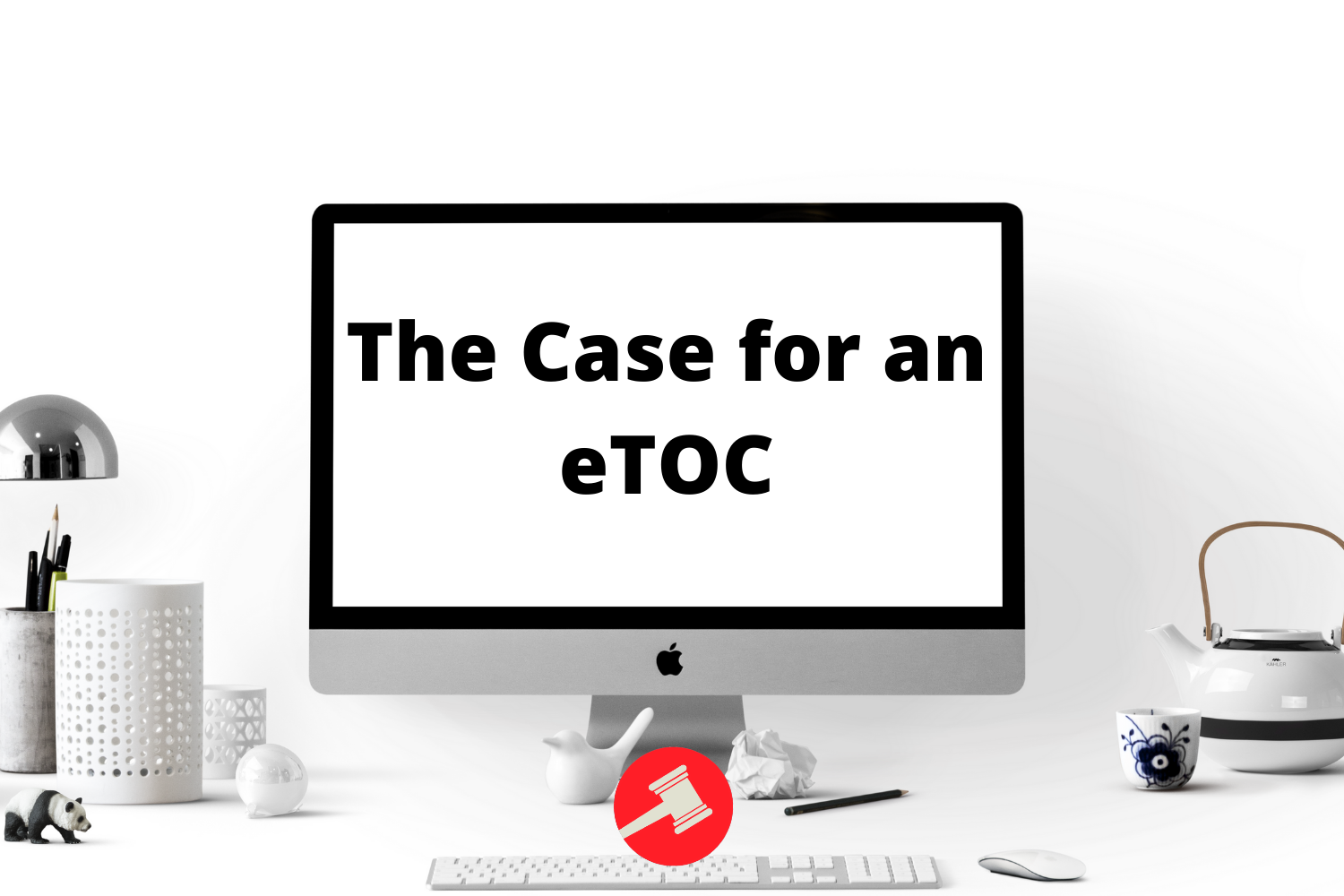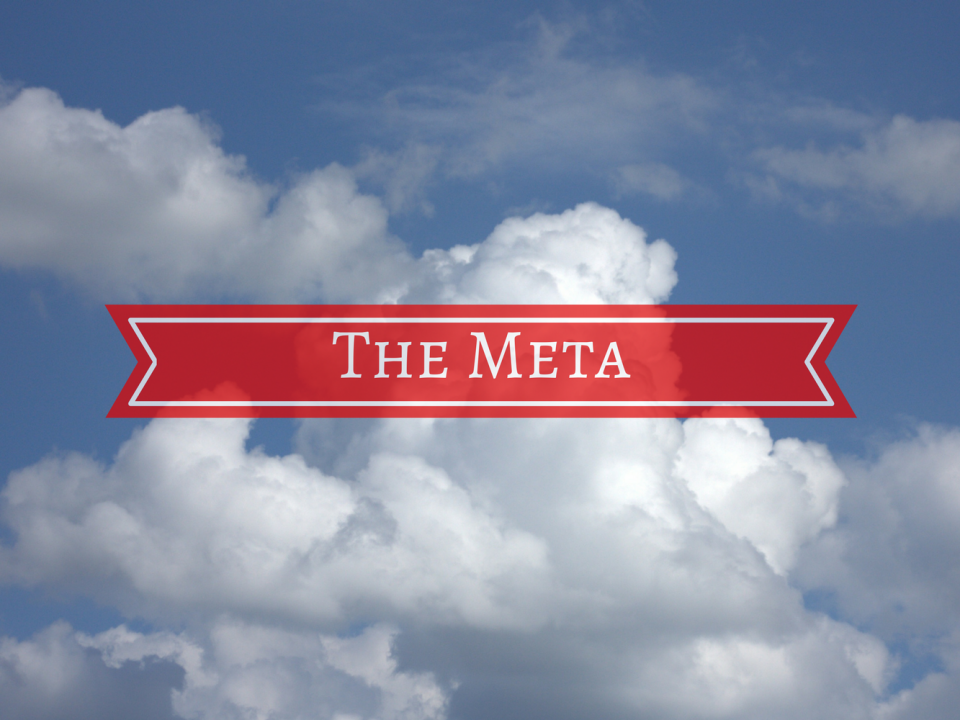Bid Tournaments Part 2: Regions (Kenan Anderson)
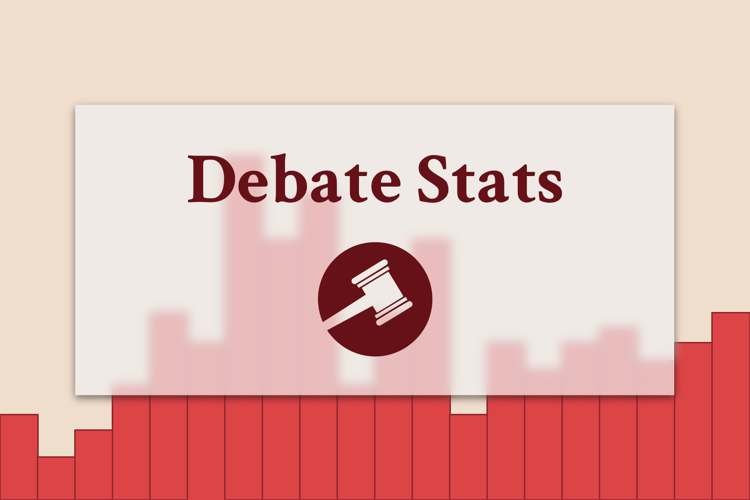
Introduction
This is the second part of a series where I analyze bid tournaments and the allocation of bids by state, region, and time. If you haven’t read it already, here is Part 1. To help solve for some of the potential criticism of looking purely at a state by state basis, I broke down the same data by regions. I used the National Geographic Society’s regions of the Northeast, Southeast, Southwest, Midwest, and West. The exact breakdown can be found on their site here.
Regional Distribution Over Time
After breaking the tournaments down by region, the West continues to dominate with 94 bids, followed by the Northeast at 66 bids, the Midwest at 62 bids, the Southwest at 60 bids, and the Southeast with 44 bids.
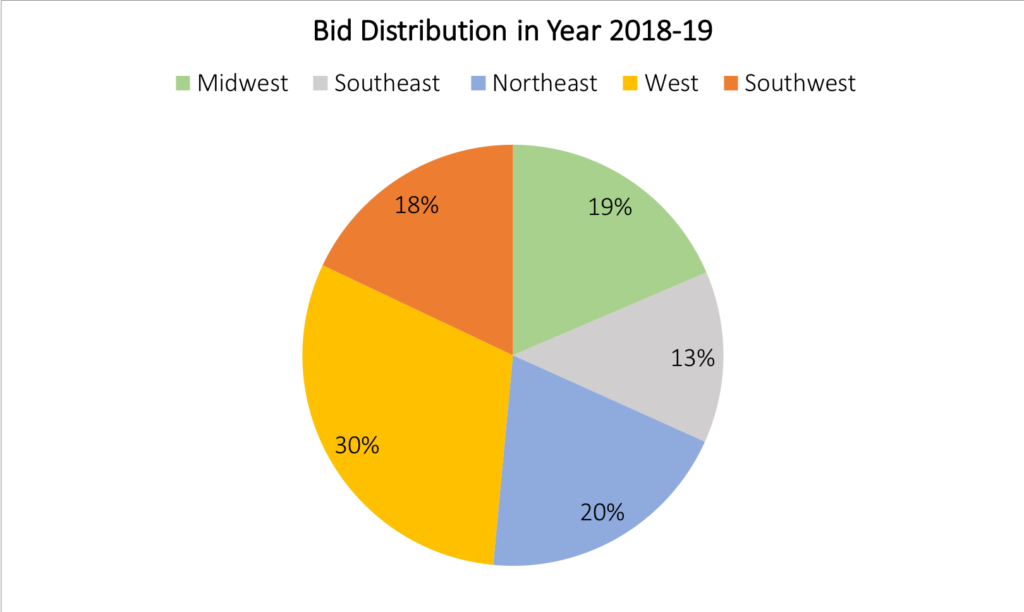
Looking at bid distribution over the years in the following chart shows that overall, the regions have also stayed roughly the same in the number of bids they’ve been allocated.
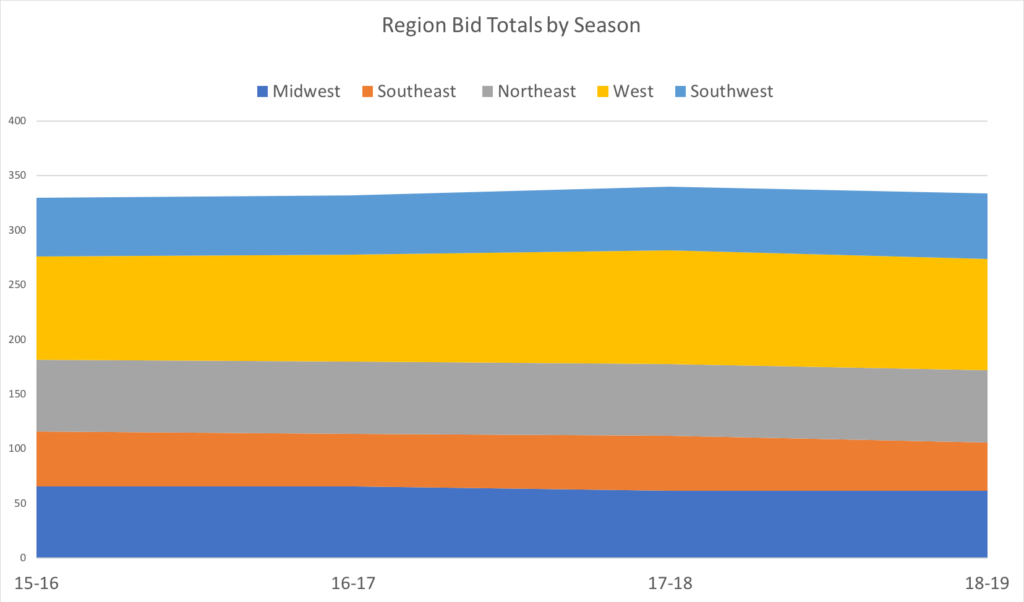
Regional Distribution Using BPM
Using the same Bids Per Million (or BPM) metric from the previous post we can see that analyzing regions, instead of states, shows us a more equitable distribution. The West and Southwest both narrowly outperform the National Average of 1.03 BPM, each with around 1.4 Bids Per Million. The Midwest lags slightly with .9 BPM and the Northeast slightly over performs with BPM of 1.1. Taken as whole though, these regional distributions seem to me to be fairly equitable and diverse. However, the fifth region, the Southeast, is major outlier with a BPM of .48 or half of the national average. Given that this region contains some massive states such as Florida, Georgia, Virginia, and North Carolina, the lack of bids in this region is surprising and concerning.
National Circuit Success Compared to Regional Bid Tournaments
However, it would be a mistake to confuse bid allocation by region with national circuit success by region. In order to compare the two, I drew from Lawrence Zhou’s break down of 2017-18 TOC bid statistics here, where he used the same regions. The goal was to analyze whether having the allocation of bids is correlated with a number of bids won by schools in that same region. The answer is… Yes? Unless you’re the Midwest?
To look at the numbers I created a ratio of bids earned by a region divided by bids allocated or given by that region. We will call this Earned to Given or E/G. If a region’s success on the circuit was directly proportional to the number of bids it was allocated, you’d expect this value to be 1. Once again, most regions had a relatively consistent E/G ratio slightly over performing the expected 1. The Southwest earned 1.3 bids for every bid it gave. The West and Southeast both had ratios of 1.22 and the Northeast had a nearly perfect ratio of 1.06. But the Midwest won a staggeringly low .45 bids for every 1 bid it gave out. In short this means that while the Midwest may have a large number of bids, those bids aren’t being won by teams from the Midwest, and/or Midwest teams aren’t making up the difference elsewhere.
I think the explanation for this lies in how the bids are distributed. Despite the Midwest having a strong number of bids and several states with high BPM values, it actually has the fewest bid tournaments of any region with boasting only 8 tournaments over the past 4 years. However, it makes up for this fact by having three octos bids: Apple Valley (MN), Glenbrooks (IL), and Valley (IA). These tournaments make up nearly 80% of the Midwest’s total bids. No other region has such a high percent of bids concentrated in its top three tournaments. However, in my opinion, the high number of octos bids is actually behind the Midwest’s relatively low E/G ratio. Octos bids tournaments tend to be national affairs, with schools traveling from across the country to compete. This generates more difficult competition for debaters from that region.
Contrast this to the West. Despite having two octos bid tournaments in Harvard-Westlake and Berkeley, only 40% of the West’s bids are concentrated in its three largest tournaments. That is half the percentile we saw in the Midwest. This means that most of the West’s bids are in smaller tournaments that tend to me more regional. Not only does this provide a regional benefit as these tournaments are less likely to attract national competition from outside the region, it also simply increases the number of chances a student has to bid. I think this better explains the West’s (and to a degree California’s) dominance on the circuit over the past several years. Similarly, the other regions, while similar numbers of bids to the Midwest in total, see those bids spread out over a larger number of smaller and more regional bid tournaments.
Midwest Specific Concerns
However, I think a few other factors exacerbate this effect in the Midwest specifically. First, the Midwest’s central location increase national appeal by making it equally attractive to schools on both coasts. Second, two of the three Midwestern bid tournaments are run by two of the historically most successful schools in the region, Apple Valley and West Des Moines Valley. Given that these schools do not allow their students to compete or bid at their own tournaments, many of the most elite Midwest debaters in recent years have only competed at 2 out of the three octos bids. Furthermore, unlike other regional octos bids which split a weekend, such as Bronx/St. Marks in October and Harvard/Berkeley in February, none of the octos bids in the Midwest are scheduled on the same weekend as other major tournaments. This means they are often the sole option for a school looking to compete that weekend. 1 I suspect that Apple Valley and Glenbrooks being the only two octofinal bid tournaments on Nov/Dec (an already short topic) they also increase the incentive for schools looking for national circuit competition on that topic This means while the Midwest octos tournaments may be regionally located they often attract national pools of competition in ways other octos bids do not.
To test this comparison, I looked back at every octofinals bid tournament over the past 3 seasons (except for Valley 2015 for which I couldn’t find data). I then gathered data on where the students who bid at that tournament were from and grouped them by region. On average, The Northeast took home 52% of the bids from Bronx and Harvard and the Southwest took home 42% from St. Marks and Greenhill. Meanwhile the West dominated their tournaments winning 72% of the bids at Harvard-Westlake and Berkeley. In the Midwest, that figure was 13% across Glenbrooks, Apple Valley, and Valley. These results confirmed my theory that Midwest octos bids are disproportionately national affairs.
Compare two hypothetical debaters, each who is only able to travel to tournaments within their region, have TOC ambitions, and can attend a maximum of four tournaments. The debater from the Midwest can either attend major tournaments with nationally drawn fields of competitors at Apple Valley (MN), Valley (IA), Glenbrooks (IL), and Blake (MN), or attend one of three finals bids: Middleton (WI), Millard North (NE), or Dowling (IA). A debater from the West though can look for tournaments such as Meadows (CA), Presentation (CA), or College Prep (CA). These tournaments draw far fewer debaters from outside their region but offer more bids than the truly regional finals bids in the Midwest. I think this example also holds true for other regions, as debaters from the Southwest, Northeast, and Southeast, have far more bids allocated to tournaments that tend to be a more regional affair.
Reasons for Skepticism
While I think the data that I’ve gathered is useful in shedding some light on the state of regional diversity in Lincoln-Douglas debate, I am aware there are a few points of valid criticism that a healthy skeptic should keep in mind when reading this piece. First, I am dealing with a relatively limited data set (especially in E/G ratio which only analyzes only one season). A strong few years from one or two teams in a region, or a lull in a program or two in another, could shift the number of bids earned by one region by noticeable margins. There is also a natural incentive for each tournament to attempt to draw as large and as competitive crowd as possible, meaning any attempts to convince tournament directors to take steps to dissuade such a crowd (such as moving to the same weekend as another major tournament) would likely be met with little support or sympathy.
Another potential criticism relates to whether I’m assessing causation or correlation. Is the lack of regional tournaments in the Midwest the cause of decreased Midwestern success on the circuit and at their own octofinal tournaments? Or is the decrease in Midwestern success the cause of a decline in Midwestern regional tournaments? I don’t think I can provide an answer to this, or to many other theories that could potentially explain my data, such as the water in California simply creating better debaters, or the more realistic theory about the state of education funding in various regions. I’m sure there are many other points I haven’t considered. That’s okay! I’d love to hear your thoughts about why I’m wrong or what you think might explain some of the trends I indicate.
Conclusion and Final Thoughts
Am I saying that the TOC committee should get rid of one of the octos bids in the Midwest and create 4 semis bids in its place? No. Am I saying debaters from the East or West coast who attend Glenbrooks are unethically stealing bids from Midwestern debaters? No. Certainly there are other factors at play here such as school funding, and the potential trade-off with other forms of debate such as policy or public forum. I also don’t blame the schools that run those tournaments which in my opinion, are some of the best bid tournaments in the nation. Furthermore, some of the elements I acknowledge as contributing to the Midwest’s low E/G, such as successful debate programs preventing students from attending the tournaments they host, are good practices that I wouldn’t advocate changing. However, I think it is important for us as a community to understand how different tournaments and opportunities can affect the regional diversity of the activity.
I do think there are a few simple and realistic steps that could be taken to improve competition in regions such as the Midwest and Southeast which lag in several metrics. One step might be for national circuit tournaments in that region to discount or waive entry fees for local debaters from their state or region to encourage participation. Another step would be to prioritize upgrading new and finals bid tournaments over semis and quarters. For example, I’ve heard many Midwest debaters (including myself in the past) wish for Blake to be an octofinals bid. But I think that turning one of the Midwest’s finals bids, such as Middleton (WI) or Millard North (NE) into a semis bid, would do much more to help regional teams. Similarly, I’d argue that upgrading one of North Carolina’s finals bids into a semis would help the Southeast more than Blue Key (FL) becoming an octosfinal bid. So am I saying these tournaments automatically get bid upgrades regardless of other considerations? No, but if the committee is faced with the option of creating a quarters or octos bid in a region vs a finals or semis bid, I’d argue that the latter helps regional diversity much more.

